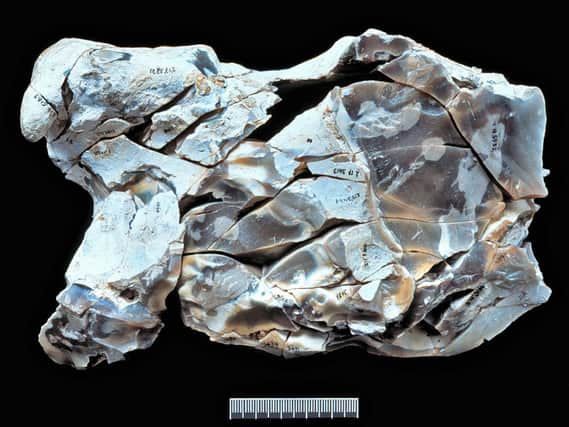Ground-breaking study shows life near Chichester 480,000 years ago


A ground-breaking and internationally-significant study looking at the lives of early humans in Boxgrove has been published.
The internationally-significant site has been subject to archaological digs and meticulous study for nearly 50 years and a new study, funded by Historic England and undertaken by archaologists at UCL.
Speaking to this newspaper, the project lead Dr Matthew Pope, said the latest findings show the humans as ‘highly sociable’ and takes a look at the butchering of a horse by the group of 30 to 40 humans.
Advertisement
Hide Ad